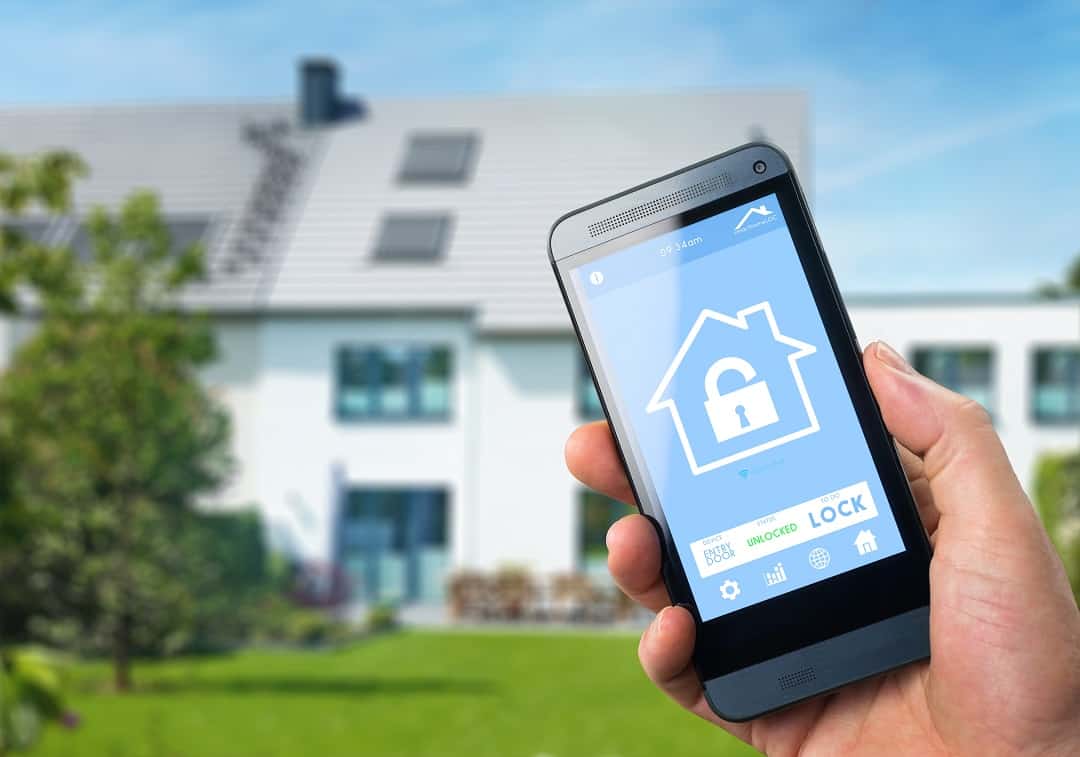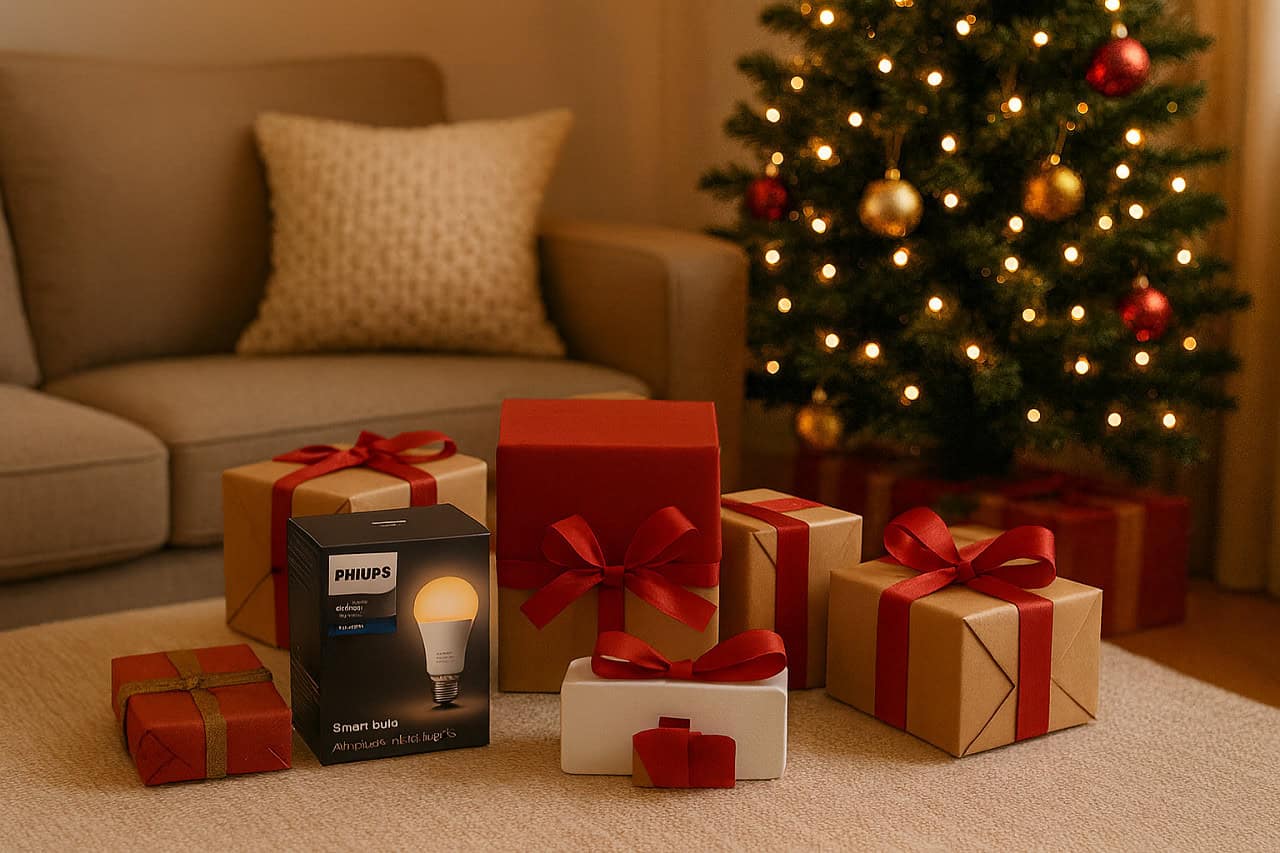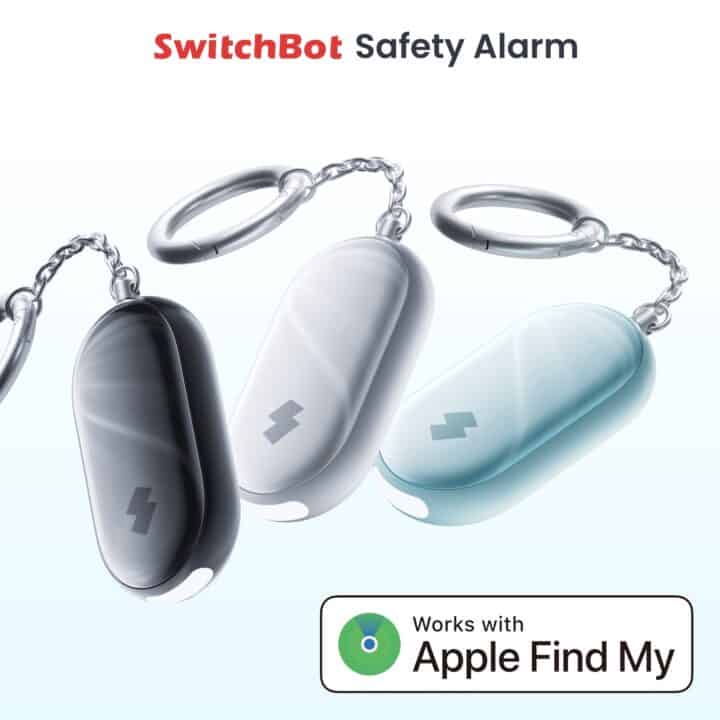Smart home devices can make life a bit easier, but they also collect a lot of information about you and your home. If you have smart speakers, cameras, lights, or other connected gadgets, it is a good idea to look at the privacy settings and make some changes. This post will show you the most important settings to check to help keep your personal data safe. You will learn about changing privacy settings on your devices, picking devices that work without the cloud when you can, making your WiFi router safer, turning on extra login steps like multi-factor authentication, and a few other steps that can help protect your home. If you want your smart home to be more private and secure, keep reading.
Update Device Privacy Settings
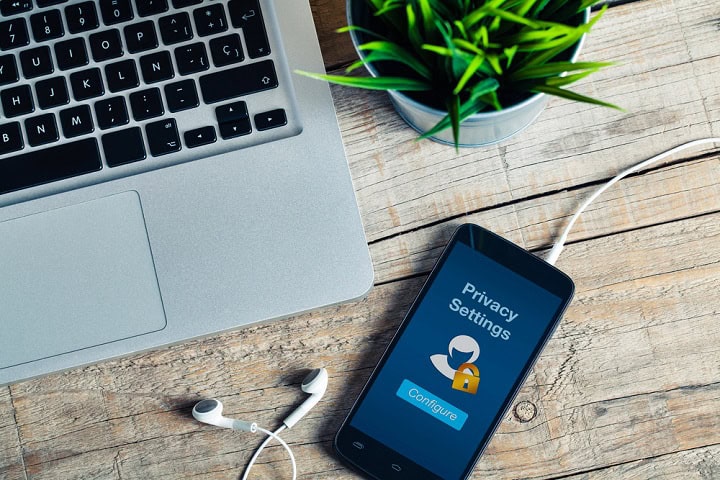
Updating the privacy settings on your smart home devices is a good first step for keeping your home and personal data secure. Most devices come with default settings that may share more information than you want. To change this, start by going into each device’s app or settings menu and look for privacy or data sharing options. Turn off anything that shares your voice recordings, location, or usage data with the company or third parties. If your device lets you, pick “local only” features, which keep more data inside your home instead of sending it to the cloud. These basic changes can help limit who gets access to your information and keep your smart home a little safer.
Turn Off Unneeded Voice Recording

Turning off unneeded voice recording is one way to help protect your privacy when using smart home devices. Many smart speakers and displays save audio recordings by default. These recordings can be stored on company servers, and sometimes even reviewed by people to improve voice recognition. If you do not want your voice commands saved, you can turn off this feature in the device’s app or account settings. Look for options like voice recording history or voice data storage. Turning off voice recording or storage should not stop the device from working, but it may affect how well it understands some commands. If you want to keep your conversations private, it is a good idea to check and change this setting for each device in your home.
Limit Data Sharing with Third Parties
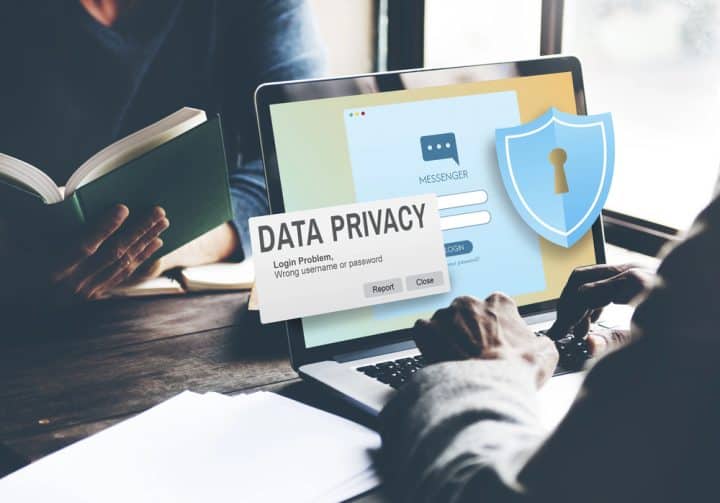
Limiting data sharing with third parties is a common privacy step for anyone with smart home devices. Most smart speakers, cameras, and other connected gadgets send some data back to the maker, and in some cases, to other companies as well. You can usually find these settings in the device’s app, often under privacy or account settings. Look for options to stop data from being used for ads or shared with partners. Turning off features like voice recording storage or ad personalization can help keep your information private. If your device lets you use it in a local-only mode, that can also cut down on how much data leaves your home. Remember to check these settings after updates, because new features can sometimes reset your choices.
Use Local Only Smart Home Devices
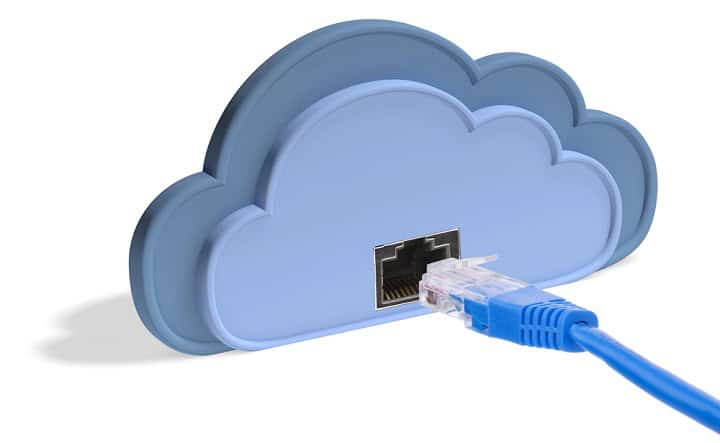
Using local only smart home devices can help limit the amount of personal data that leaves your house. These devices work without sending information to outside servers. This means things like your daily routines, voice commands, or video feeds stay inside your home instead of being stored online. Before buying a smart device, check if it works without an internet connection or if it offers a local only mode in the settings. Some companies offer more control over where your information goes, while others only work with cloud services. Picking devices that support local control can help reduce the risk of data leaks and unwanted access. For people who want more privacy, this is one of the most direct ways to keep smart home data private.
Set Strong Passwords for All Devices
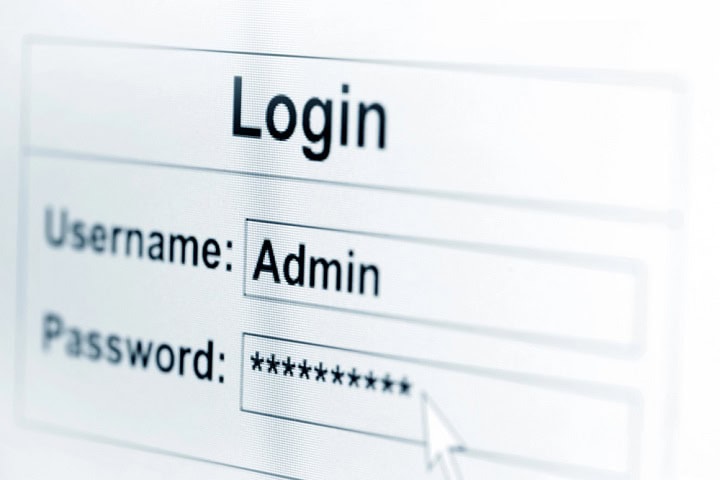
Setting strong passwords for all smart home devices is one of the first steps to keeping your data safe. Many devices come with default passwords that are easy to guess, so it is a good idea to change them right away. Choose a password that is long and uses a mix of letters, numbers, and symbols. Try not to use the same password for more than one device. If you have trouble remembering all your passwords, you can use a password manager. This simple step can help keep unwanted people from getting into your smart home devices.
Enable MultiFactor Authentication

Turning on multi-factor authentication, or MFA, is one of the easiest ways to help keep your smart home safe. MFA means that even if someone gets your password, they still need another code or method to get into your account. For most smart home devices, you can find this setting in the security or account section of the app. Once you turn it on, you might get asked for a code that is sent to your phone or email whenever you log in from a new device. This extra step makes it much harder for someone else to control your smart home gear or get your personal information without your permission. If your device or the app does not offer MFA, you might want to look for one that does.
Secure Your Router Settings

One of the most important steps to keep your smart home safe is to check your router settings. You can start by changing the default username and password for your router, since these are often easy for someone to guess. Make sure your Wi-Fi network uses WPA2 or WPA3 encryption instead of older options. You might also want to turn off features like remote access or WPS, which can make it easier for someone to get into your network. Setting up a guest network is another way to keep your main devices separate from visitors. If your router offers updates, try to keep the software current so you get the latest security fixes. These steps help lower the risk of someone getting into your home network and seeing your personal information.
Check and Update Device Software
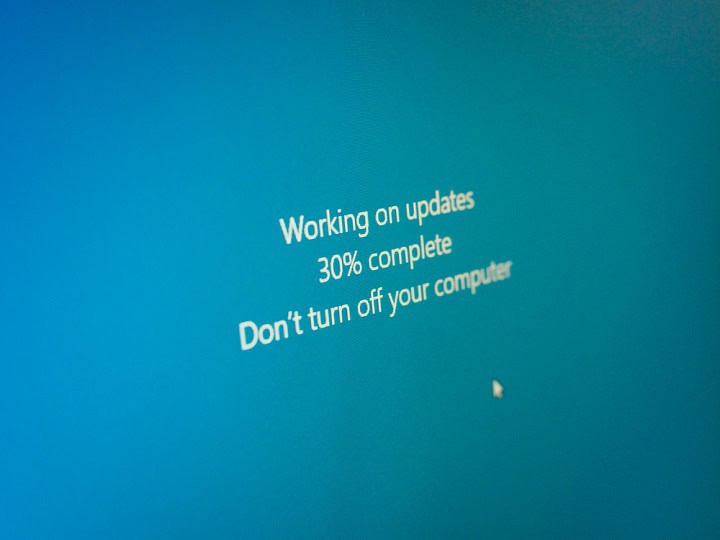
It is important to check and update the software on your smart home devices often. Many companies release updates that fix security problems or bugs that could put your privacy at risk. If your devices do not update automatically, make sure you do this by hand from time to time. Outdated software can be an easy way for someone to get into your system or collect your personal information without you knowing. When you update your device software, you help keep your smart home more secure and make it harder for someone to get access to your data. Always use the official app or website for your devices when you look for updates.
Manage Guest Network Access
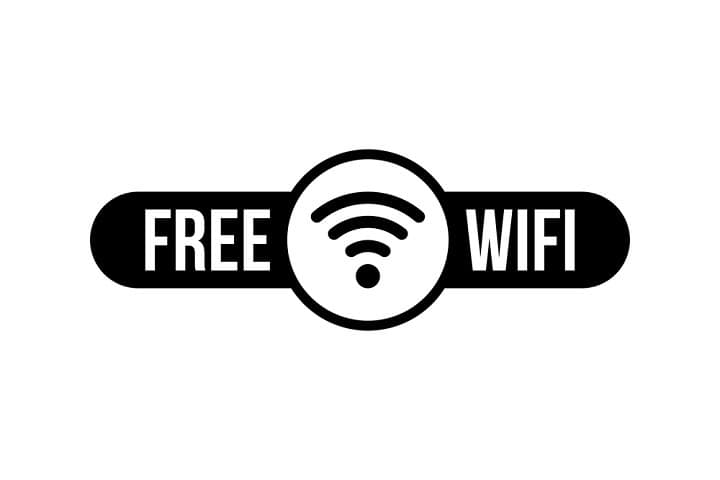
When you have people visiting your home, it is a good idea to keep your main Wi-Fi network private. Most routers let you set up a guest network. This means your guests can use the internet, but they do not have access to your smart home devices or files on your main network. Take some time to turn on the guest network feature in your router settings, pick a strong password, and only share it with people you trust. This step helps keep your personal data and smart devices separate from visitors. Managing guest network access is a simple way to lower the risk of someone getting into your smart home system without your permission.
Summary
Smart home devices can be helpful, but they also come with risks to your privacy. By changing settings like voice recording, data sharing, passwords, and network access, you can lower the chances of your information being seen by others. Using devices that work without the cloud and checking for software updates are also good steps. Setting up a guest network and turning off features you do not use can help keep your home safer. It does not take long to review these settings, and making small changes now can help protect your data in the future.
